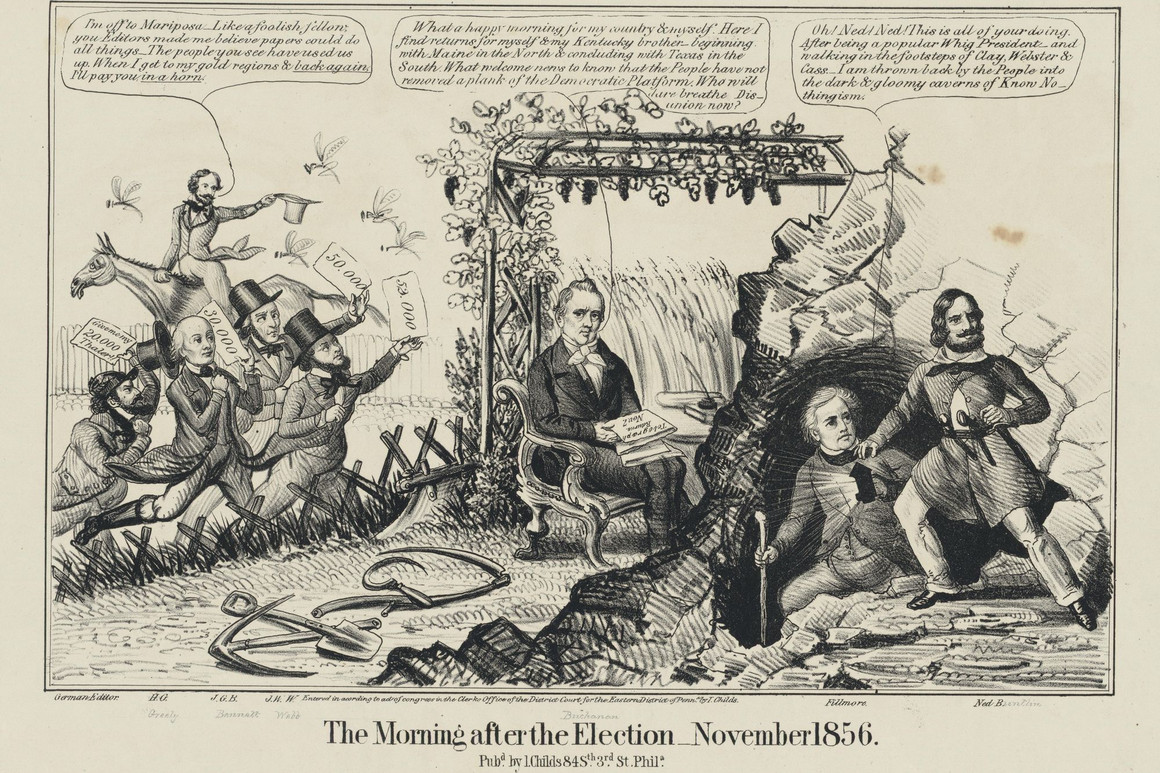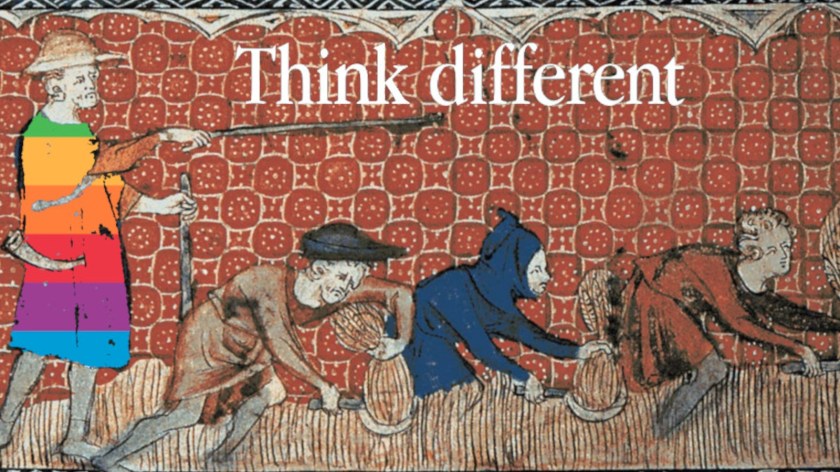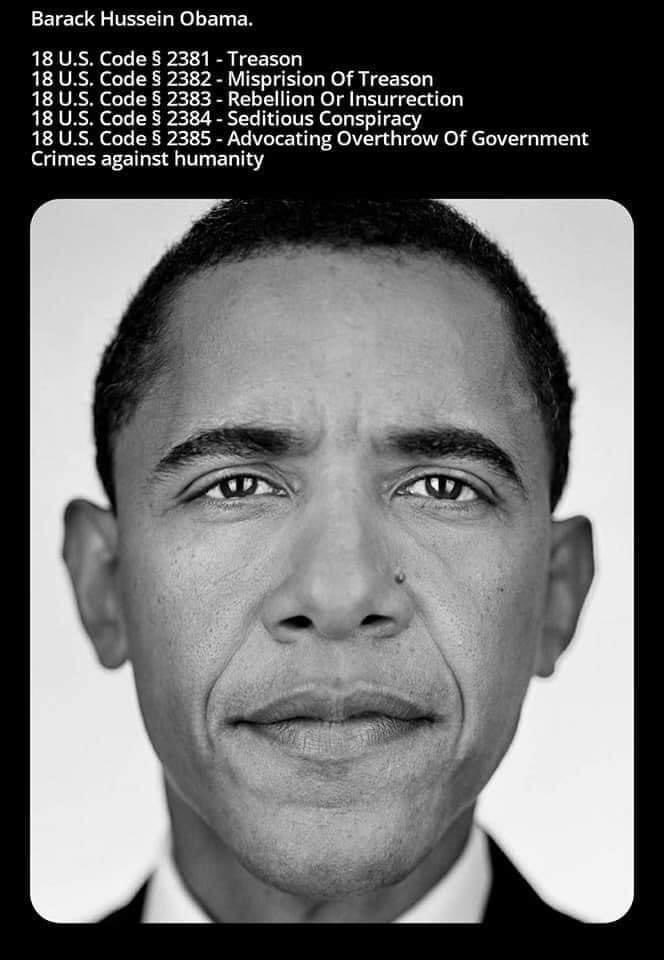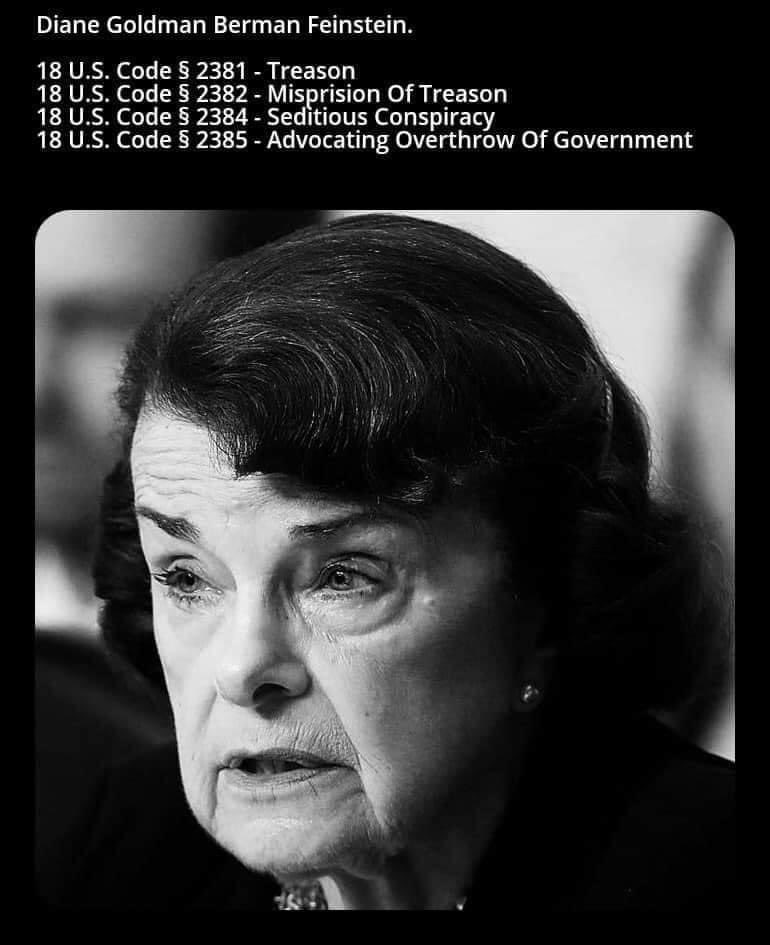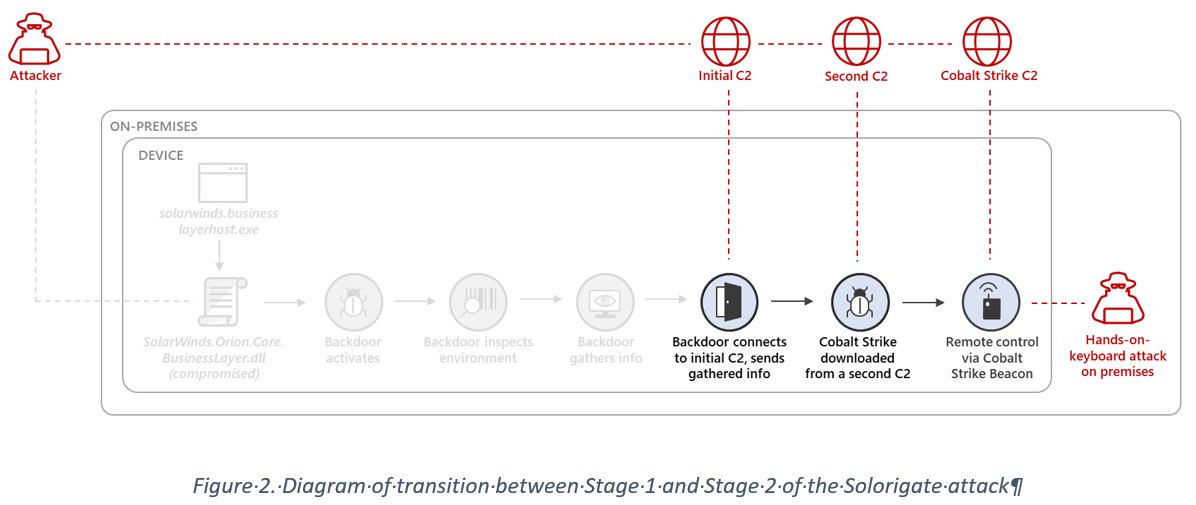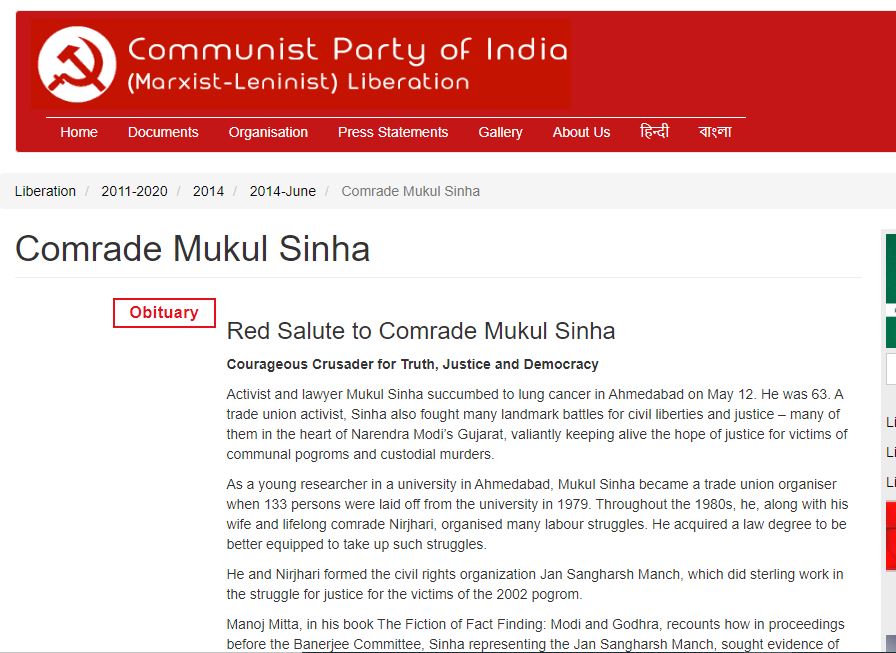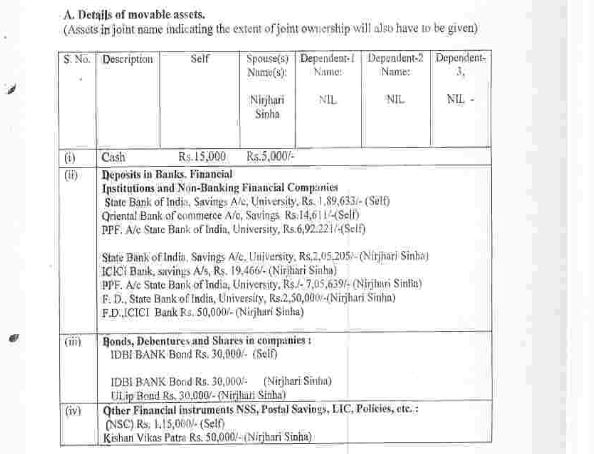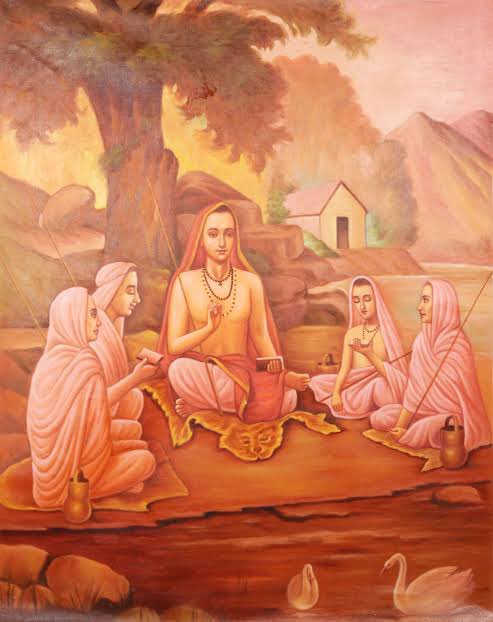2/
The early Disney company had several near-death experiences, some due to exogenous shocks and some self-inflicted (bad labor practices, weird technology choices), and all through it, a power struggle between "Roy people" (finance) and "Walt people" (tech/art).
1/
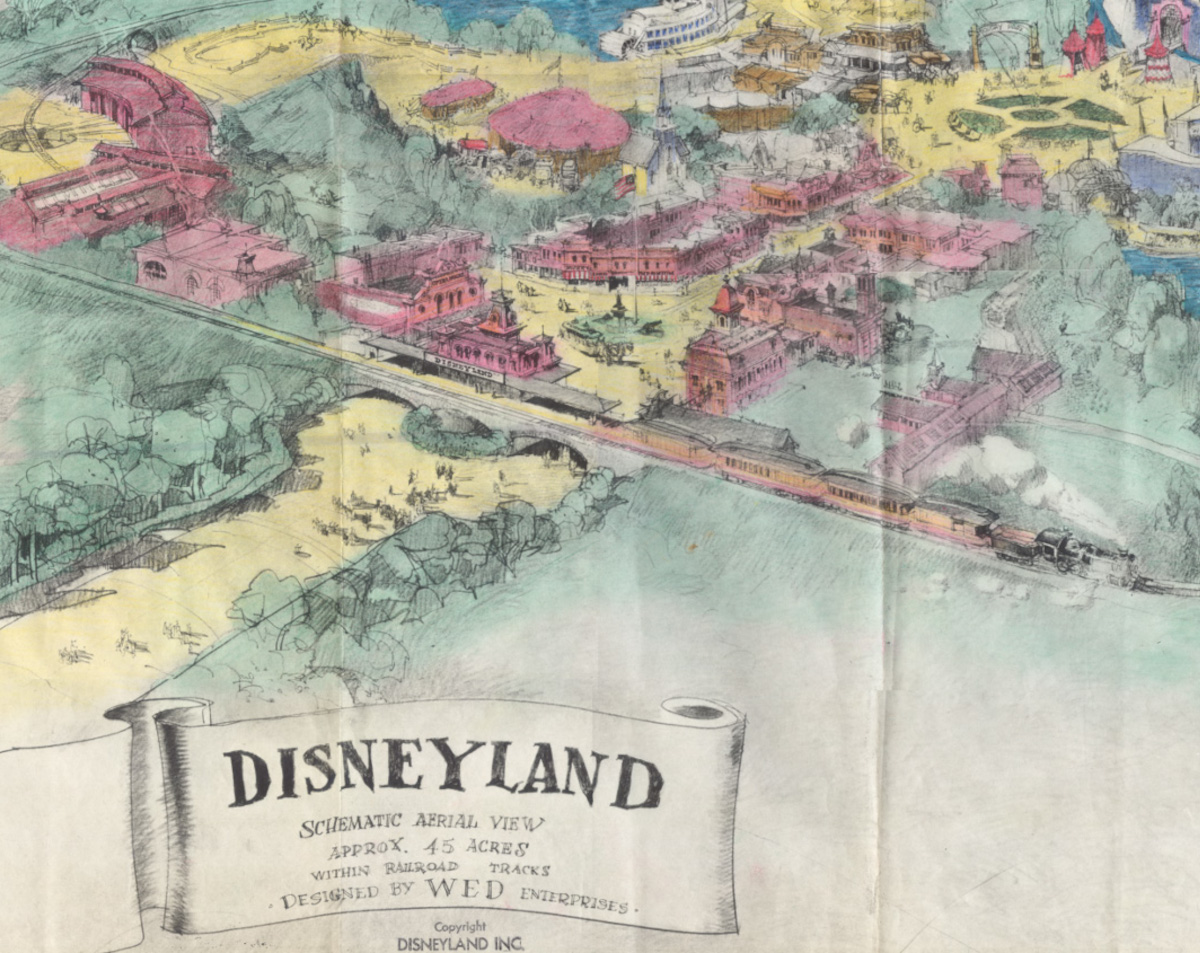
2/
3/
4/
5/
6/
7/
8/
https://t.co/7LQvTEh60D
9/
10/
11/
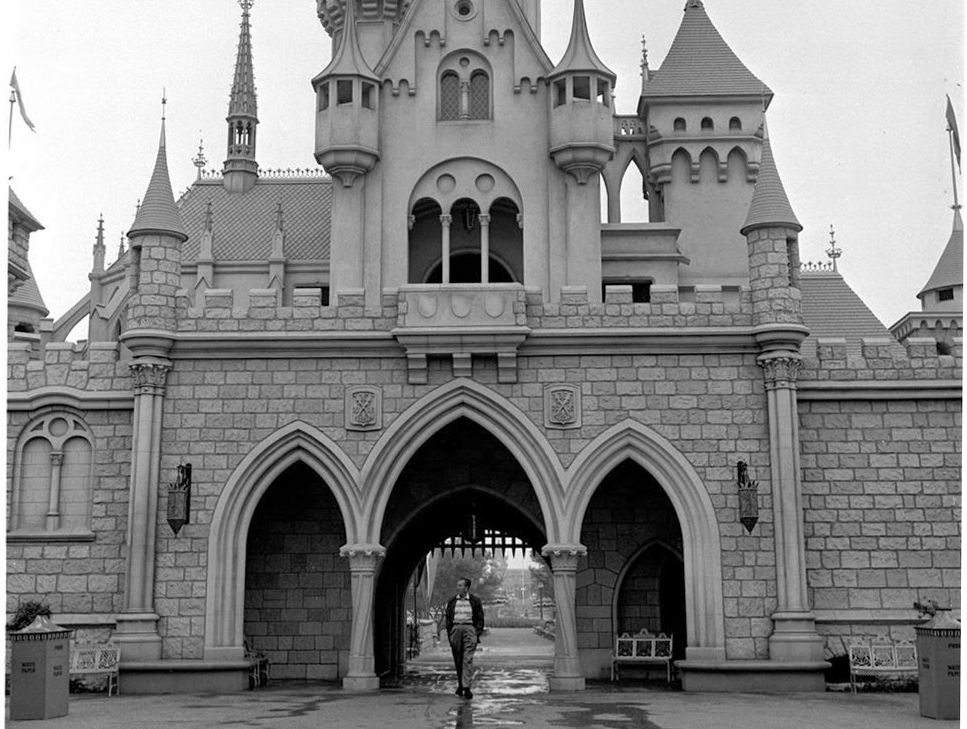
12/
13/
14/
15/
Annual Passes grew too successful, selling so well they crowded out vacationers on a once-in-a-lifetime trip.
16/
17/
Then came the pandemic...and the end of the Annual Pass program altogether.
https://t.co/PrbdFsnS4U
18/
19/
Most of the problems generated by Annual Passholders aren't that extreme, of course.
20/
21/
22/
More from Cory Doctorow #BLM
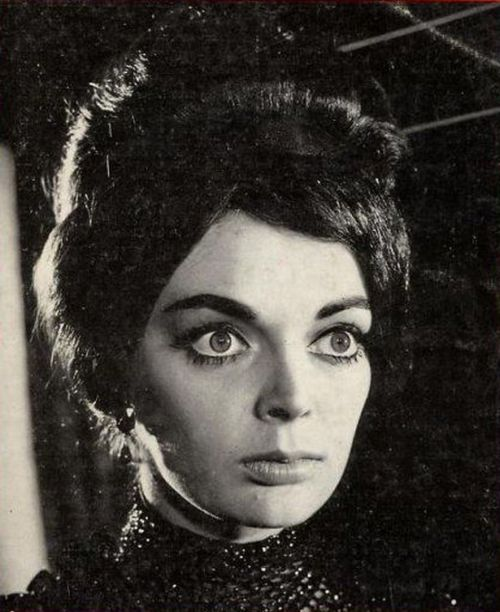
Happy Birthday to the queen of the scream queens, Barbara Steele! https://t.co/qnhQvROGVa
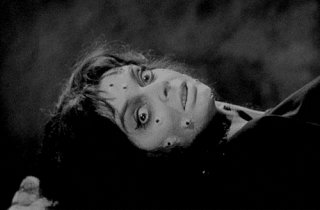
Happy Birthday to the queen of the scream queens, Barbara Steele! https://t.co/qnhQvROGVa
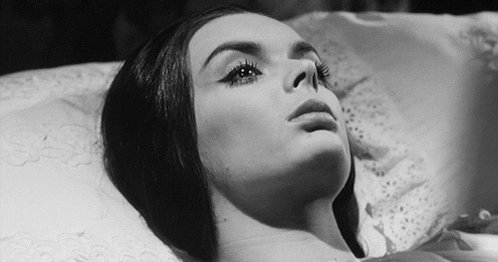
Happy Birthday to the queen of the scream queens, Barbara Steele! https://t.co/qnhQvROGVa
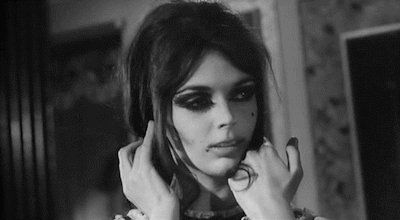
Happy Birthday to the queen of the scream queens, Barbara Steele! https://t.co/qnhQvROGVa

More from Business
>>was chairman of Boy Scouts of America
>>was mentored by CarIos SIim
>>subsequently promoted to CFO of “southwestern bell company” (former name of ATT)
>>quickly resolved $30B in debt
>>is on CFR
😲

https://t.co/wWjV2t3bVB
And he worked for Bush telecoms ? Damn. This is a jackpot
I’m guessing This expIosion wasn’t just some expIosion
https://t.co/s0i05aaWXt
Silver lake

Silver Lake Senior Leadership
https://t.co/YLaUtP8lQa

It’s truly the Town Square of the Internet.
But finding the diamond in the rough voices can be tough.
Here are 20 of my favorite people to follow:
1. Alex Lieberman - @businessbarista
Alex writes extensively about the Founder journey.
The cool part is he’s lived everything he talks about - starting from $0 and selling for $75M with hardly any outside capital raised.
My favorite piece:
A life well-lived is a life-well planned.
— Alex Lieberman \u2615\ufe0f (@businessbarista) July 14, 2021
5 steps to build your own "Life Map" \U0001f9f5
2. Ryan Breslow - @ryantakesoff
Ryan is a Top 1% founder.
This guy is a machine - he’s built 2 unicorns before the age of 27.
Ryan spells out lessons on fundraising, operating and scaling.
My favorite piece:
The biggest lesson I\u2019ve learned in building a $4B company:
— Ryan Breslow \U0001f57a (@ryantakesoff) September 23, 2021
It\u2019s all about the people.
I\u2019m thrilled to announce today that Bolt is the first tech unicorn to officially shift to a 4 day work week.
Here\u2019s why we did it and how we came to the decision \U0001f447\U0001f447\U0001f447
3. Jesse Pujji - @jspujji
Jesse is who I think of when I think “bootstrapping.”
He bootstrapped his company to an 8-figure exit and now shares stories about other awesome bootstrappers.
He’s also got great insight into all things growth marketing:
Welcome new followers!!
— Jesse Pujji (@jspujji) September 16, 2021
Thanks for joining my entrepreneurial community.
To learn more about my journey, listen 2 my convo with @patrick_oshag.
I tell my story about bootstrapping, marketing, DTC and building a culture with conscious leadership. https://t.co/BSg6hCEE0L pic.twitter.com/gH4tAjfFBx
4. Post Market - @Post_Market
Post puts out some of the most thoughtful investment insights on this platform.
It’s refreshing because Post cuts through the hype and goes deep into the business model.
Idk who he/she/it is, but the insights are 💣.
Sweetgreen, ~$400M run-rate in sales (RLM% of 16% in 2019) and 140 units (+20-25 per year).
— Post M. (@Post_Market) October 25, 2021
Lets say 400 units by 2030 @ $3.5M AUV ($2.5M today) and 21.5% RLM. $300M RL EBITDA less $200M in G&A less $25M in maint. capex. is $75M in 'owners' EBIT
Last round at $1.6B. Yikes.
You May Also Like
As someone\u2019s who\u2019s read the book, this review strikes me as tremendously unfair. It mostly faults Adler for not writing the book the reviewer wishes he had! https://t.co/pqpt5Ziivj
— Teresa M. Bejan (@tmbejan) January 12, 2021
The meat of the criticism is that the history Adler gives is insufficiently critical. Adler describes a few figures who had a great influence on how the modern US university was formed. It's certainly critical: it focuses on the social Darwinism of these figures. 2/x
Other insinuations and suggestions in the review seem wildly off the mark, distorted, or inappropriate-- for example, that the book is clickbaity (it is scholarly) or conservative (hardly) or connected to the events at the Capitol (give me a break). 3/x
The core question: in what sense is classics inherently racist? Classics is old. On Adler's account, it begins in ancient Rome and is revived in the Renaissance. Slavery (Christiansen's primary concern) is also very old. Let's say classics is an education for slaveowners. 4/x
It's worth remembering that literacy itself is elite throughout most of this history. Literacy is, then, also the education of slaveowners. We can honor oral and musical traditions without denying that literacy is, generally, good. 5/x
Legacy site *downloads* ~630 KB CSS per theme and writing direction.
6,769 rules
9,252 selectors
16.7k declarations
3,370 unique declarations
44 media queries
36 unique colors
50 unique background colors
46 unique font sizes
39 unique z-indices
https://t.co/qyl4Bt1i5x

PWA *incrementally generates* ~30 KB CSS that handles all themes and writing directions.
735 rules
740 selectors
757 declarations
730 unique declarations
0 media queries
11 unique colors
32 unique background colors
15 unique font sizes
7 unique z-indices
https://t.co/w7oNG5KUkJ

The legacy site's CSS is what happens when hundreds of people directly write CSS over many years. Specificity wars, redundancy, a house of cards that can't be fixed. The result is extremely inefficient and error-prone styling that punishes users and developers.
The PWA's CSS is generated on-demand by a JS framework that manages styles and outputs "atomic CSS". The framework can enforce strict constraints and perform optimisations, which is why the CSS is so much smaller and safer. Style conflicts and unbounded CSS growth are avoided.


